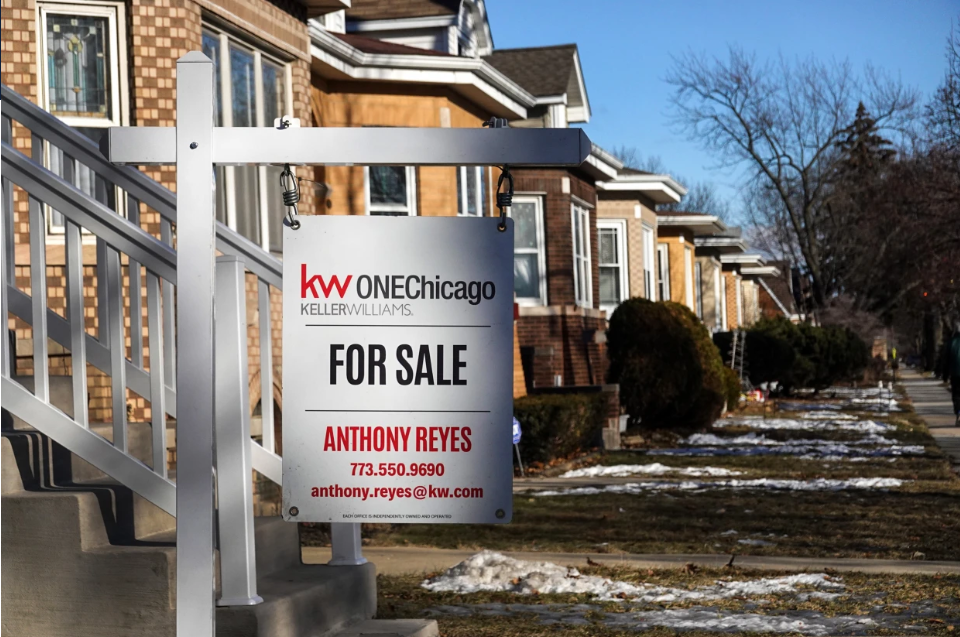It looks like prices are on the rise again — and this time, Trump’s trade war could be fueling the fire.
New data from the Commerce Department shows that the Federal Reserve’s favorite inflation gauge — the Personal Consumption Expenditures (PCE) index — rose 2.6% in June compared to a year ago. That’s up from 2.4% in May, and still well above the Fed’s 2% comfort zone. Strip out food and energy costs, and “core” inflation clocked in at 2.8%.
So what’s behind the uptick? According to economists, President Donald Trump’s new round of broad-based tariffs is starting to show up in price tags across the country. Furniture, appliances, and electronics — most of them imported — all jumped in price last month. Furniture alone was up 1.3%, and appliances surged nearly 2%.
Meanwhile, the Fed isn’t budging. The central bank held interest rates steady at 4.3% for the fifth straight time, despite loud and very public pressure from Trump, who slammed Fed Chair Jerome Powell again this week as “TOO ANGRY, TOO STUPID, & TOO POLITICAL.” (Powell’s real sin? Not cutting rates fast enough for Trump’s taste.)
Powell, for his part, said the Fed needs time to figure out whether the inflation bump is a one-off or the start of a longer trend. But he admitted the situation is complicated by tariffs, which could continue to push prices up — especially with another round of levies kicking in on August 1.
The new data isn’t exactly reassuring. Prices rose 0.3% just from May to June. Gas prices ticked up 0.9%. Groceries? Up 0.3%. On the flip side, travel got a little cheaper — airfare dropped 0.7% and hotel stays plunged 3.6% — which helped keep overall spending in check.
Still, Americans aren’t exactly splurging. Consumer spending rose 0.3% in June, but once you factor in inflation, it barely nudged higher — just 0.1%. Incomes rose, too, but not enough to make a real dent.
Economists are keeping a close eye on what’s next. Some say if inflation keeps rising, the Fed may stay put in September. Others argue that sluggish consumer spending and stagnant income could justify a rate cut — though probably not the drastic one Trump wants.
With input from the Associated Press, the New York Times, CNN, and the Washington Post.









The latest news in your social feeds
Subscribe to our social media platforms to stay tuned